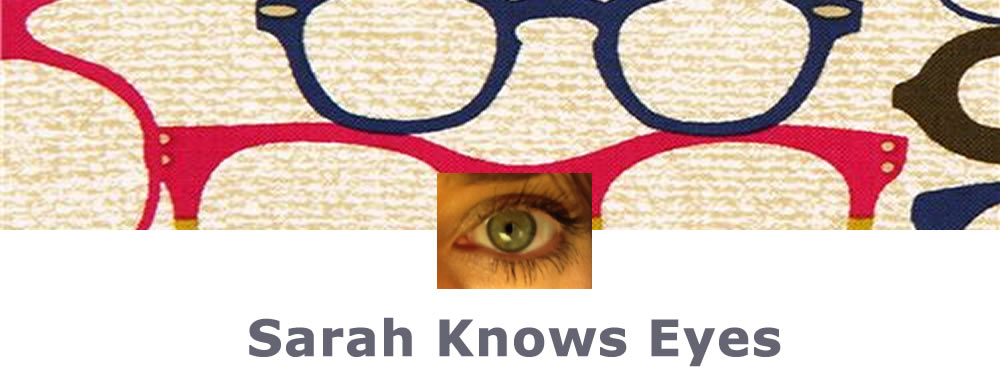
There are Health & Safety laws to ensure that you are safe and protected when doing your job. All safety specs and goggles must comply with British and European Standards, and there are different types of protection depending on the job you do. Health & Safety at Work Regulations require your employer to identify and evaluate workplace risk.
If you work outdoors you may need to protect your eyes from hazards like grit and dust as well as from regular exposure to UV light. Whether you are a gardener, traffic warden, police or road worker, specialist lens options, such as photochromic lenses, can help working outdoors more comfortable. And you can work wearing photochromic lenses without changing spectacles – a big benefit?!
But we’re not just talking about protecting your eyes at work – did you know there are more accidents in the home than at work? DIY can be quite hazardous to the eyes – flying particles or dust, whether you are drilling, using a hammer or chisel; and chemical compounds, everything from ammonia to acids, even super glue can harm your eyes.
Safety spectacles have side shields attached to the side of the frames to avoid any foreign objects entering the eye and surrounding area and it is likely that the lenses supplied will be plastic (thickened CR39), toughened glass (thermally or chemically), low energy impact materials, or materials such as Polycarbonate or Trivex. Safety eyewear can be prescription or non-prescription and come in a variety of different options including spectacles, goggles and shields.
It’s also important to consider protecting your eyes if you work in an office environment. If you spend all day using a computer you may benefit from spectacles that are specifically set to focus of your screen. You also need to consider whether you get glare from lights or window reflections on your screen, putting additional strain on your eyes? If so, you man want to consider an anti-reflective coating on your lenses. Working at a computer, it is important to take regular “visual” breaks. Prolonged use can lead to staring and potentially dry eyes as a result of insufficient blinking. A good way of ensuring you do this is to remember the 20:20:20 rule – every 20 minutes, look away from your screen to a distance of approximately 20 feet for 20 seconds – simple!
If you’re concerned that you’re not protecting your eyes sufficiently – call in and speak to a registered dispensing optician for advice.

